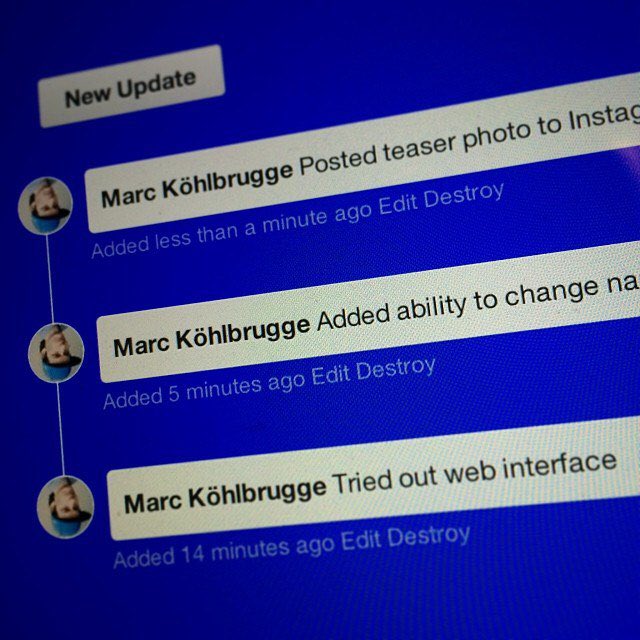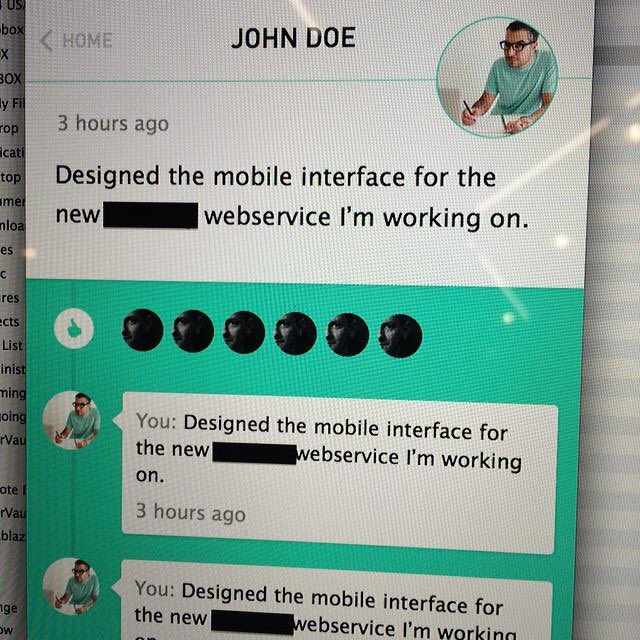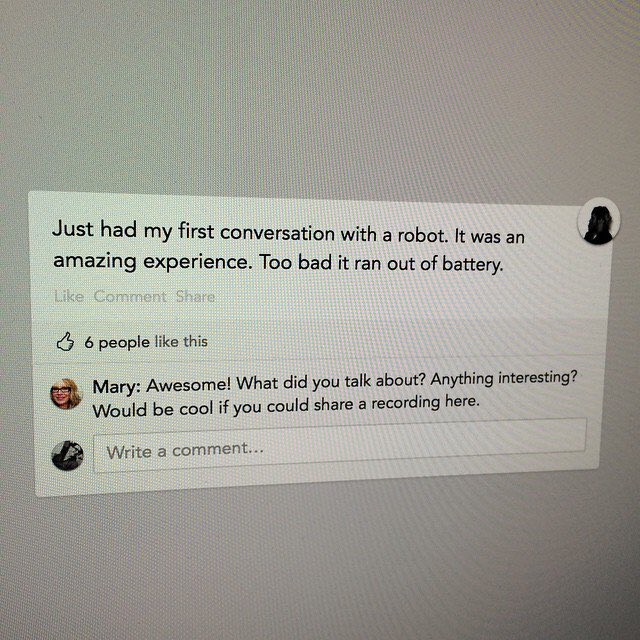How did you get your first customers for WIP? How did you grow BetaList’s traffic? Etc.
Makers are looking to reverse-engineer success. I see it everywhere.
I don’t think it works that way and the answers to those questions are mostly useless. 💥
Surely if I know the answers to these questions, but still fail over and over again, these answers aren’t that useful. 🤷♀️
So what’s a better question to ask? 🤔
🧠 This is known as survivorship bias.
Focusing on what survived, while ignoring what made it survive in the first place.
What makes @WIP, @BetaList, and to some extent @AllStartupJobs succeed where my countless other attempts failed?
What separates a failed product 👎 from a successful product 👍?
It’s like Steve Jobs said “I’ll know it when I see it.” 👀
Same is true when we make products. We don’t know upfront what will work. But once we see an inkling of a product that does have potential, it’s not that hard to spot.
👌 The right idea will pull you forwards.
👌 The right product will attract people wanting to use it. People will give feedback without you asking for it.
👌 The right product will give you the confidence to ship something embarrassing, because you know despite all its shortcoming it’s useful.

















